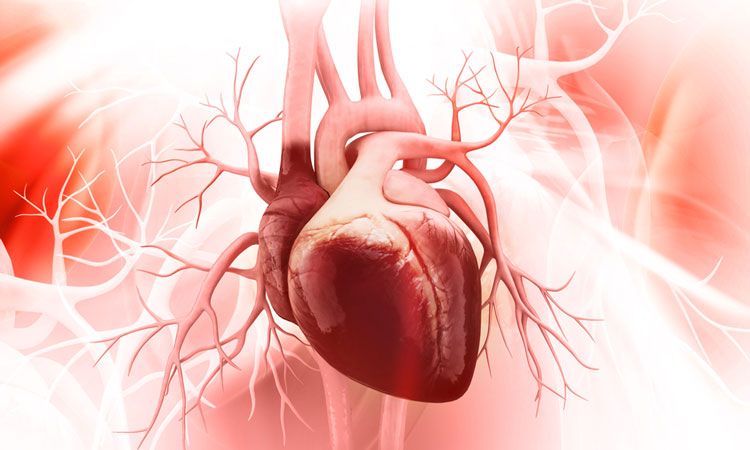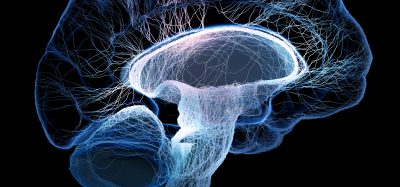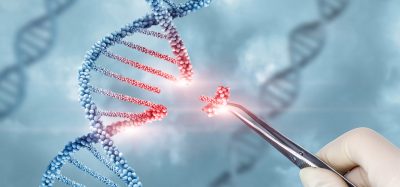GPNMB: a potential therapeutic agent for cardiovascular disease
Posted: 25 October 2024 | Drug Target Review | No comments yet
Researchers reveal that GPNMB could be an effective therapeutic agent to improve cardiac function and prevent heart failure.


Researchers at the UCLA have identified the GPNMB protein (glycoprotein non-metastatic melanoma protein B) as an essential regulator in the heart’s healing process following a heart attack. They showed that macrophages secrete GPNMB, which binds to the receptor GPR39, promoting heart repair. These findings may lead to novel treatments aimed at enhancing heart function and preventing the progression to heart failure.
In the UK, heart and circulatory diseases cause a quarter of all deaths, which is over 170,000 deaths per year, and more than a million people in the UK are living with heart failure.1
Heart attacks result in scarring that lessens the heart’s ability to pump blood effectively. Although the scar tissue initially forms to maintain the heart’s structure, it remains permanently, which strains the surviving muscle and eventually leads to heart failure.
GPNMB has been strongly associated with cardiovascular outcomes of individuals with heart failure. However, it was not well understood if lacking this protein was directly responsible for the development of heart failure after a heart attack. Determining whether GPNMB is an associated biomarker or one that plays a causal role will decide if the protein can be considered a therapeutic target for future studies.
Gene knockouts
The team established, by using mouse models, that GPNMB is not natively expressed by the heart itself but is produced by inflammatory cells originating from the bone marrow. These macrophages travel to the site of injury in the heart after a heart attack, where they express GPNMB.
Then, the researchers did gene knockouts, inactivating the GPNMB gene AS1. Also, they conducted bone marrow transplants and found that mice lacking the GPNMB gene showed significantly worse outcomes after a heart attack, including a higher incidence of heart rupture, a fatal complication also seen in human heart failure patients.
In comparison, mice with normal GPNMB expression that were given an additional dose of circulating GPNMB protein had improved heart function and reduced scarring. Four weeks after a simulated heart attack, 67 percent of the animals without the GPNMB gene exhibited severe fibrosis compared with only eight percent of animals in the control group.
Furthermore, the team discovered that GPNMB binds to GPR39 which was previously considered an orphan receptor. This interaction initiates a cascade of signals that promote tissue regeneration and limit scarring. GPNMB is expressed in multiple tissues, so this research could have broader implications for understanding tissue repair in other organs following ischaemic injury.
This study was published in Nature Cardiovascular Research.
Reference
1 Facts and figures. British Heart Foundation [cited 2024 October 25]. Available from: https://www.bhf.org.uk/what-we-do/news-from-the-bhf/contact-the-press-office/facts-and-figures
Related topics
Drug Targets, Regenerative Medicine
Related conditions
myocardial infarction
Related organisations
UCLA








